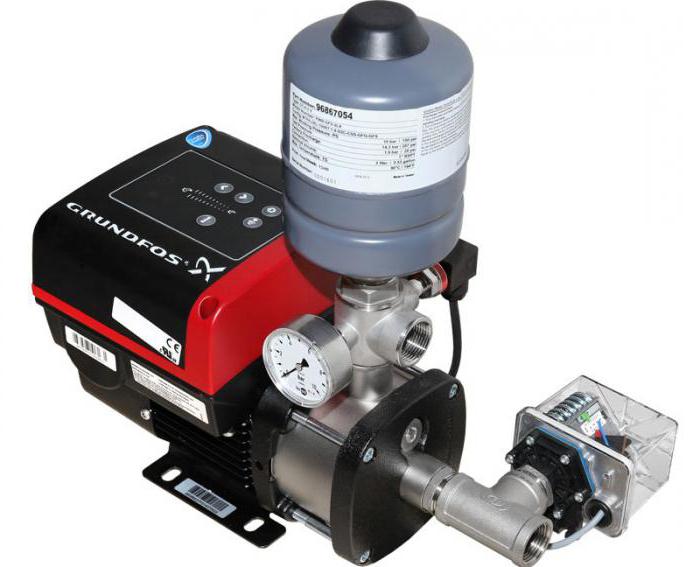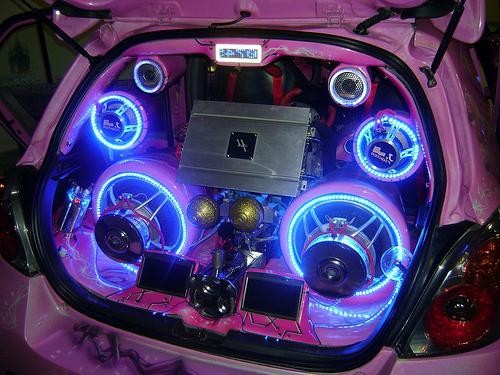How to choose a pumping station for the house? Connection of the pumping station
Water is the basis of everything that surrounds us. The potential opportunity to always have at hand an essential supply of life-giving moisture has worried the minds of mankind at all times. Dwellings and villages were located next to the water sources, on the banks of rivers, streams and lakes. The increase in the population, the growth in the size of settlements and other diverse historical factors gave impetus to the creation of a ramified network of water pipes, and subsequently pumps, which increase the pressure inside the system.

Uninterrupted water supply
Residents of large cities do not need to find out,from where their apartments receive water, what devices and mechanisms support the functionality of water supply systems. But those who build their own house or dacha should initially solve the problem of supplying a sufficient amount of water to the dwelling for drinking and domestic needs.
For individual supply of private housing with water there are pumps, different in type of water intake, construction and productivity. How to choose a pumping station for the house, where to start?
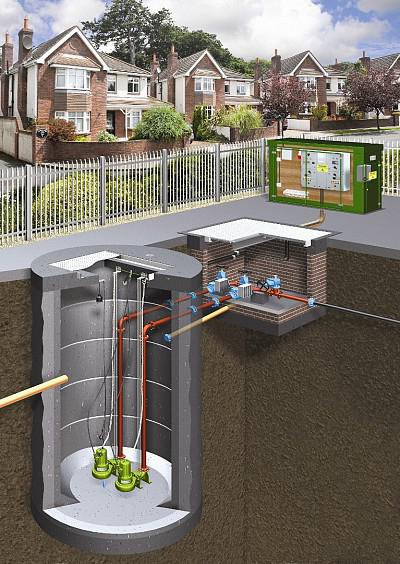
NA selection
First of all, it is necessary to determine the volumeliquid for daily consumption. If there is a need for local irrigation of a small area, then ordinary pumps can easily cope with this task. In the case of the need for water supply of larger buildings with several points of use without a pumping station is indispensable. In addition to the pump itself, it includes: engine, hydraulic accumulator, pressure switch, connecting hoses, pipelines, automation of process control and control. It is also necessary to have a check valve and an intake filter. The non-return valve greatly extends the service life of the pump, preventing the harmful "dry running" mode, allowing the HC system to be constantly filled and ready for operation. The filter, standing at the entrance and contacting with the surface of the water, protects the whole system from getting into the working area of foreign objects, dirt, small animals and insects.
Accumulators
A container for water storage, or a tank equipped withvalve and connected to a water pipe and a pump, is called a hydraulic accumulator. In it, the water stored in the reserve and constantly replenished during consumption is under the pressure of the air. This is done in order to continue the system's operation for a certain period of time, even if the power supply of the pump motor is unexpectedly cut off.

Cumulative tanks from variousmaterials: conventional, galvanized and stainless steel. Also, the producers of the National Assembly offer the following volumes of accumulators: 24 l, 50 l, 100 l, large capacities are also provided (on individual orders). The larger the volume, the smoother the adjustment of the pressure in the system will be made and the motor on / off cycle will be less often performed. The service life is prolonged. When choosing the capacity of the tank should be guided by the number of people permanently living in the house: if one has enough 24-liter capacity, then for a large family and 100 liters can be small.
Types of pumping stations
- Vortex.
- Self-priming - ejector built-in.
- Self-priming with remote ejectors.
- Multistage.
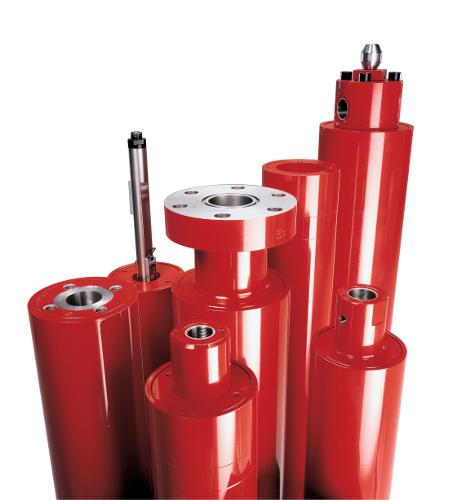
Parameters of HC
Vortex NAs are spreading thanks toits ability to create a large head of injected water. In addition, it is a pumping station for a house, the price of which is more than affordable (an average of about $ 70). The shortcomings include small productivity and the possibility of taking liquids from a depth of not more than 7 m.
The average head and volume of the pumpedwater have self-priming HC with built-in ejectors. The maximum depth with which water can be taken is 9 m, they do not require careful filling of the entire system before launching, they can function even if a small amount of air enters the pipes.
Self-priming HC with remote ejectorsare indispensable for the occurrence of subsoil waters at depths of up to 45 m. Accordingly, their installation, maintenance, start-up is complicated, the cost of the entire system is increased. They are used with a poor water-based soil layer, when the use of a deep-water pump is impossible. Often this is the only possible pumping station for dachas, infield areas located in dry areas with no near natural water bodies.
Multistage NA, although they work from depths notmore than 7 m, characterized by excellent performance and high water supply pressure. At the same time, they are very unpretentious in maintenance, the connection of the pumping station is simple, and the units are slow, which attracts consumers by the absence of extraneous noise during periodic switching. In addition, there is no need to bypass a multitude of outlets in search of the right type of unit such as a pumping station. The instruction for each model includes all the necessary parameter data, it can be read in advance, say, in the same online store.

Characteristics of the National Assembly
As an example, the Grundfos MQ pumping station is taken. The kit includes:
- Self-priming pump.
- Membrane pressure tank
- Electric motor.
- Pressure and flow sensor.
- Relay of passage and flow.
- Control system (with protection against dry running).
- Check valve.
The pump station is fully automated. Convenient and simple inspection control panel; thanks to the built-in pressure tank, the number of repeated cycles of system starts is reduced, which significantly extends the service life. It differs in small dimensions, simple connection, slow speed. All the parts under high loads are made of chromium-nickel steel alloys. If you want to choose a pumping station for a dacha, the Grundfos MQ is an ideal option!

Calculation of parameters
To determine the nominal head for HCit is enough to add the following system parameters: height in meters of water column to create the required pressure (15 - 30 m), depth of water, the height of the water supply in the house from the pump to the highest point and the length of the entire horizontal line from the well (well) to the accumulator, The value obtained will be decisive. Corresponding to these parameters, the pumping station for a summer cottage, a country house was chosen correctly.
Important note
Passport data of the documents attached to the National Assembly -instruction, technical description - indicate performance parameters under laboratory conditions, "0" level of water level and rated voltage of electrical networks. Real conditions rarely correspond to such values, so you should choose an HC with a twofold excess of all values over the calculated values.
Principle of functioning of the National Assembly
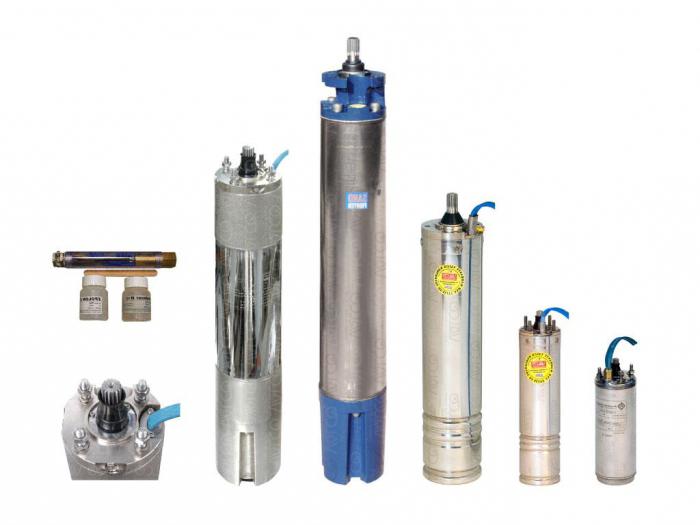
At the beginning of the work, theaccumulator and creating the necessary pressure in it. As the liquid is consumed, the pressure in the tank drops, the automation turns on the HC, the pump starts to work on injecting water until the optimal system parameters are restored. Used for household needs water, flowing through the internal channels of the HC, cools the mechanisms from overheating. To control the temperature mode of operation, an additional redundant automatic shutdown system is installed.
Modern pumping stations completely excludehuman participation in the regulation of pressure, the procedure for abstraction of water and work completely autonomously. Time passed for such cumbersome structures as water towers. Recollection of them was preserved only in the popular name of the National Assembly - "bezbashenki." The following recommendations will tell you how to choose a pumping station for a house, cottage, country villa.
In addition to calculating the minimum water consumption,an important aspect of the preparation for the selection of a pumping station (hereinafter - the NA) is to determine the presence and depth of underground sources of moisture, and how to access them. Depending on the depth of the "first mirror", i.e., the level of availability of subsoil moisture, and is selected by the HC. Conventional stations provide uninterrupted operation at depths of moisture up to 8 m. If the water is located deeper, well pumps are injected into the structure of the HC, provided with appropriate fittings.
If the well was drilled by representativesspecialized organizations, information on how to choose a pumping station for the house can be obtained from them, with calculations of its productivity and professional recommendations. In the case of self-installation of HC, it is necessary to check the productivity of the well with pumps with adjustable characteristics. The process consists in selecting water of a certain volume and in calculating a certain time during which there is no visible decrease in the level of fluid in the well or well. It should be remembered that all calculations must be made according to the maximum values of the required quantity of water and the points of its use.
The above recommendations will help you to clarify for yourself how to choose a pumping station for a house or other housing object correctly.






